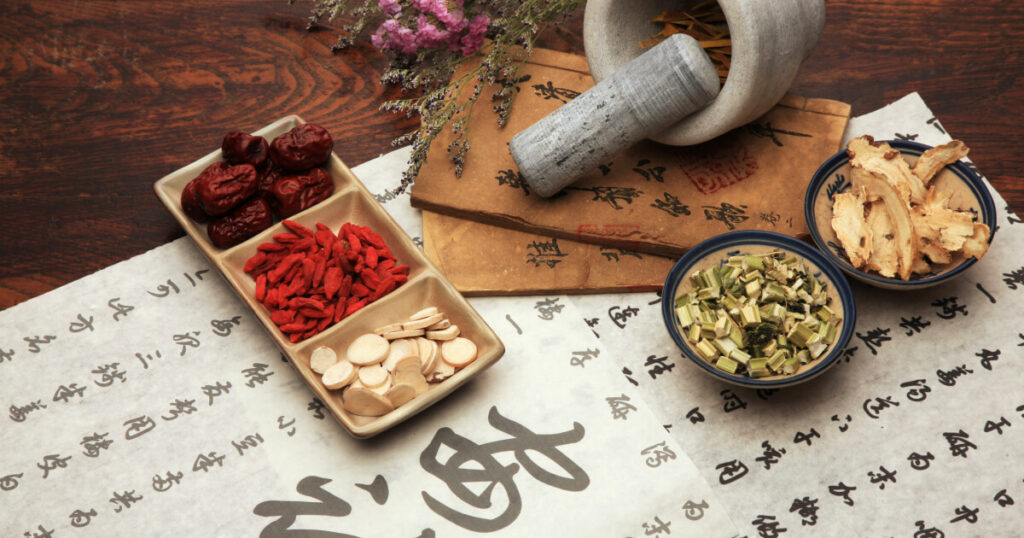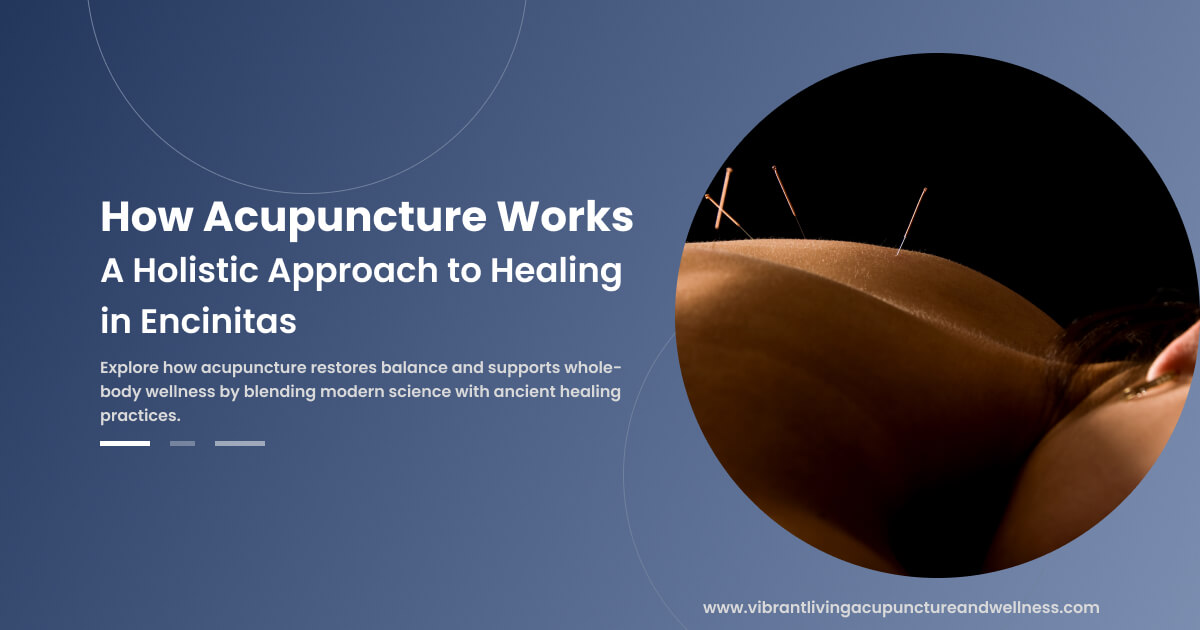Acupuncture, a key component of Traditional Chinese Medicine (TCM), is gaining renewed attention around the world. Despite being over 2,000 years old, this ancient healing system offers a surprisingly relevant approach to modern health concerns. But what exactly makes acupuncture different from conventional Western medicine and even other holistic modalities?
In my 30 years of practice, I’ve had much time to read, think about and observe the differences in approach to healing that TCM can provide for patients. Both, western medicine and Chinese medicine have much to offer in the treatment of pain and illness. I will explore some of these differences more fully in a future blog post!
For now, let’s more fully explore the history, philosophy, and practical healing approach of acupuncture — and why it continues to be a trusted, effective treatment for many people around the world.
A Brief History of Acupuncture
Acupuncture originates in ancient China and is believed to have been practiced as early as 200 BCE. Early medical texts, such as the Huangdi Neijing (The Yellow Emperor’s Classic of Internal Medicine), lay the philosophical and technical foundations of acupuncture. This classic describes energy meridians (called channels) and qi (vital energy) that flows through the body.
Over centuries, acupuncture techniques were refined, passed down, and adapted — not just in China, but also in Korea, Japan, Vietnam, and later the West. In the U.S., acupuncture gained visibility in the 1970s, especially after journalist James Reston described his experience with it during a visit to China. Today, acupuncture is recognized by the World Health Organization and increasingly integrated into mainstream healthcare settings around the world.
The Philosophy: Treating the Root, Not Just the Symptom
One of the most important distinctions between acupuncture and Western medicine is the holistic philosophy behind it.
While Western medicine often focuses on diagnosing and treating disease at the physical level (e.g., a virus, injury, or dysfunction), acupuncture looks at the underlying patterns in the whole person — body, mind, and energy. Rather than only asking “What’s wrong with this part of the body?”, acupuncture asks:
“Why is the system out of balance, and how can we help it restore harmony?”
Key principles of acupuncture include:
- Qi (pronounced “chee”) – the body’s vital energy that flows through channels or meridians.
- Meridians – pathways that connect different organs and systems.
- Yin and Yang – the dynamic balance of opposite yet complementary forces.
- Pattern diagnosis – symptoms are part of a broader systemic pattern, not isolated events.
The goal is to restore balance, remove blockages in energy flow, and help the body heal itself.
Learn more about acupuncture treatment plan.
How Acupuncture Works (In Both Traditional and Modern Terms)
In traditional terms, acupuncture involves placing fine, sterile needles at specific points along the meridians to stimulate qi, unblock stagnation, and balance yin and yang. These points are carefully chosen based on your symptoms, constitution, emotional state, and overall pattern of disharmony.
From a modern medical perspective, research shows that acupuncture may:
- Stimulate the nervous system
- Increase blood flow and tissue oxygenation
- Activate endogenous opioids (natural painkillers)
- Reduce inflammation
- Regulate the autonomic nervous system, promoting deep relaxation
This neurophysiological understanding helps explain why acupuncture can be so effective for both physical and emotional conditions.
A Different Approach to Diagnosis

In Western medicine, diagnosis often involves imaging, lab work, or identifying disease by name — like arthritis, depression, or IBS. In acupuncture and TCM, diagnosis is energetic and functional.
Practitioners use tools like:
- Tongue diagnosis – assessing shape, color, coating
- Pulse diagnosis – reading qualities of the pulse (not just rate)
- Symptom patterning – grouping signs and symptoms into a diagnosis like “Liver Qi Stagnation” or “Spleen Qi Deficiency”
This allows for a personalized treatment strategy that addresses the root cause and supports the entire system, not just the symptoms.
Preventive vs Reactive Medicine
Western medicine is often reactive — it excels in acute care, emergency situations, and managing life-threatening illnesses.
Acupuncture, by contrast, is preventive and restorative. People commonly use it to:
- Reduce stress and emotional imbalance
- Boost energy and immune function
- Support fertility and hormonal health
- Maintain digestive and sleep balance
- Address chronic pain without relying on medication
By regulating the nervous system and internal energy flow, acupuncture helps maintain health and can prevent illness before it manifests physically.
Discover our acupuncture services to start your healing journey.
Conditions Acupuncture Helps With
Modern clinical studies and patient experience show that acupuncture is beneficial for a wide range of conditions, including:
- ✅ Chronic pain (back, neck, knee, arthritis)
- ✅ Headaches and migraines
- ✅ Anxiety and depression
- ✅ Insomnia and fatigue
- ✅ Digestive disorders (IBS, reflux, bloating)
- ✅ Women’s health (PMS, fertility, menopause)
- ✅ Allergies and sinus issues
- ✅ Post-surgical recovery
- ✅ Stress-related tension and burnout
Many people turn to acupuncture when they feel let down by conventional medicine or want to avoid long-term medication use.
Learn more about fertility support through acupuncture.
What Makes Acupuncture Different in the Treatment Room
Beyond needles and technique, the experience of being treated by an acupuncturist is often what surprises people most.
You can expect:
- A deep listening process where your full story is honored
- A relaxing, spa-like environment
- Time to lie still and rest, with no pressure to “do” anything
- Gentle, individualized care focused on the whole you
The appointment isn’t rushed — it’s a chance to pause, heal, and reconnect with your body in a supportive space.
Learn more about is acupuncture safe?
The Takeaway: A Healing System That Complements Modern Medicine
Acupuncture can work well as a stand-alone therapy and it can also offer a complementary approach.. It works beautifully alongside physical therapy, psychotherapy, medication (if needed), and other forms of care.
What makes it unique is its whole-body, whole-person philosophy, its customized treatments, and its emphasis on restoring balance rather than just managing symptoms.
In a world where many people feel fragmented, exhausted, or unheard in their health journeys, acupuncture invites us to reconnect with the innate intelligence of the body — and trust in its ability to heal.
In the next few blog posts, I’ll be answering the top 5 questions people commonly have about acupuncture — starting with the big one: is Acupuncture actually effective?


